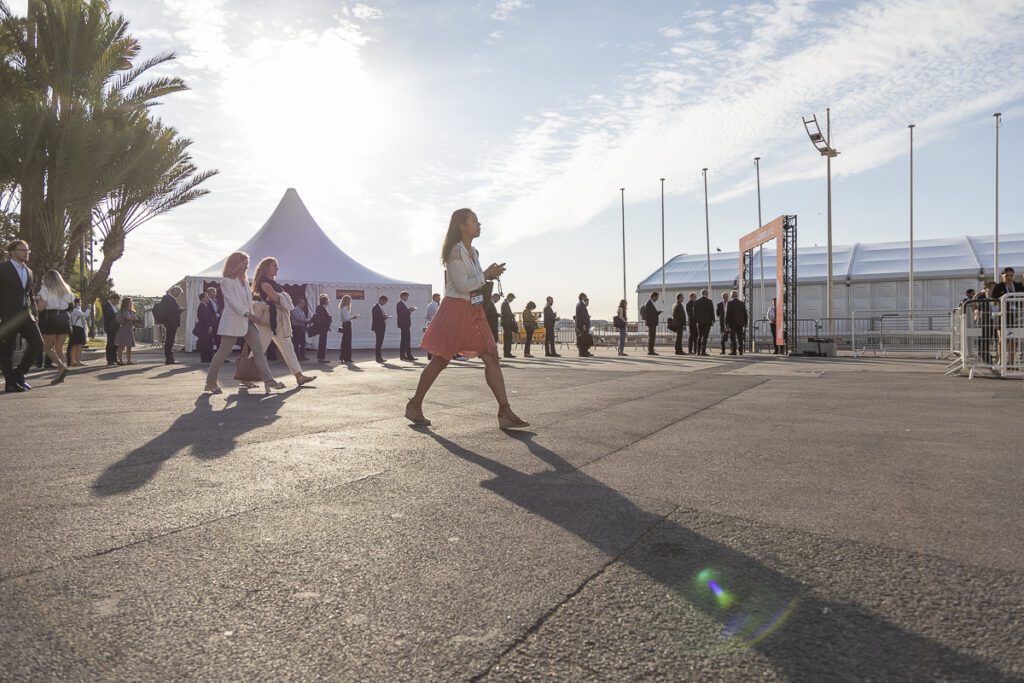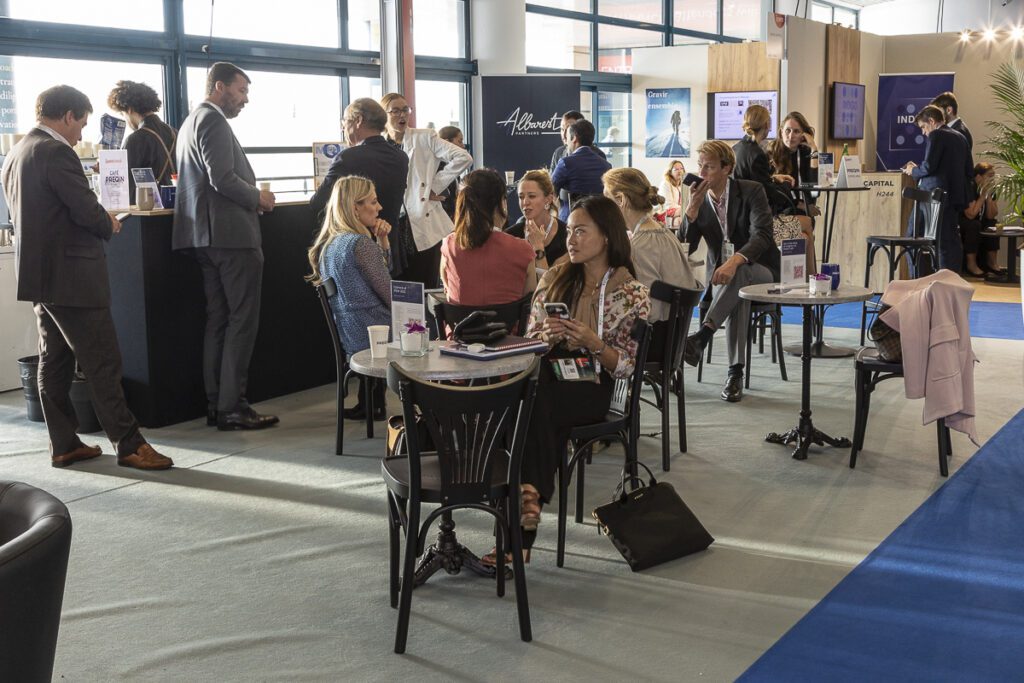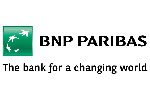IPEM Cannes 2024 – The Daily Spin – January, 25th
The shifting role of LPs was the overarching theme for the morning session of Day 2, at the 10th edition of IPEM in Cannes. After a full day of yoga,…

Day 3 of IPEM continued the amazing momentum flowing across the three floors of the Palais des Festivals, where over 5,000 delegates – including 700 LPs, 700 GPs and 2,000 companies have gathered this year, making it by far the biggest IPEM event yet.
Today, two big themes were covered: how allocators are approaching private market investing, and how sustainability and impact is being addressed.
With so much appetite in private markets from the family office community, they play a key role in providing capital to GPs so it was no wonder the audience was keen to hear how they are becoming a bigger force. BlackRock estimates that the average family office invests 35% of capital to private equity; a figure that one would ordinarily associate with large endowments.
So why the interest?
According to Nancy Curtin, Partner, Group CIO and Head of Investment Advisory at Alvarium Investment, it is because private markets simply offer a clear competitive advantage compared to public markets. This gives them the ability to generate superior returns by investing in megatrends like Artificial Intelligence and cybersecurity, with Curtin also adding that “it is in the DNA of families to understand private investments and generate long-term returns as patient capital.”
As for how family offices are building their manager programmes, some of the key criteria they look for from GPs include: proprietary deal sourcing; profitability and value creation; and evidence that GPs are willing to think about how to monetise investments and provide liquidity. One key point made was that, as family offices become more dominant players in private markets, they need to be responsive, especially when it comes to large, hard to access VC and PE managers. “We meet as an investment committee every week, not once a quarter,” remarked Curtin. Sackville Capital’s Stephen Wyprysky said that they are building a streamlined programme of 15 or so GPs “where the aim is to do more with less. That’s definitely resonating with managers.” When asked about doing direct deals, he cautiously replied that they would, in time, “but we don’t want to put the cart before the horse”.
Different tactics and approaches for building co-investment programmes revealed that allocators are as keen as ever to pursue such opportunities, with Pantheon’s Francesco di Valmarana discussing how mistakes were made pre-GFC, and how today, the bigger number of GPs offering co-invests means they are able to build diversified exposure of up to 50 different deals in a single co-invest fund. The issue of passive versus active co-investment was discussed. While the former approach gives investors the possibility of carrying out several investments by relying on the GP’s expertise, Golding Capital’s Matthias Reicherter warned that if investors get too active, and their egos get in the way, it can risk harming relations with GPs.

Francois Aguerre, Partner and Co-Head of Investment at Coller Capital presented the latest LP trends. He noted that LPs planned allocations to alternative assets continue to rise, adding that LPs with net annual returns of over 16% are at record levels. Performance really is driving demand it seems. Indeed, most LPs would hit their target PE return even if they had invested in funds with median performance. He added that most LPs do believe that ESG delivers positive impacts and that 93% of LPs would walk away from investments if they thought there were ESG concerns.
Discussing how private market investments fit in to investors’ allocation models, the view was that current market conditions, where inflation and geopolitical risk factors are so prominent, are not jeopardising private market investment, even though valuations have been impacted this year; especially in VC. Guy Lodewyckx, Head of Multimanagement at Amundi Real Assets said that this is not about market timing and that investors are willing to increase their overall positions in the long term (from 6 to 10%). “People are looking for infrastructure because of its performance, low volatility and measurable local impact,” he said.
More fund structures are developing in areas such as low volatility real assets, giving allocators more choice and flexibility and as regulation and technology pushes ESG capabilities within private markets, allocators are benefiting from greater transparency. Garvan McCarthy, CIO, Europe and AMEA, Mercer Investment Solutions, suggested that as allocators increase their private market allocations, asset/liability management risk becomes very important, “especially in managing the illiquidity of portfolios that promise streams of cash flows”.
Sustainability was explored in further detail throughout a number of engaging sessions today.
On the panel “Engaging with Fund Managers on Diversity and Inclusion”, Patricia Miller Zollar, Managing Director, Neuberger Berman, explained that the firm has committed to 60 funds and those who deliver the best performance “are diverse funds”. “We conduct a diversity survey not just to understand what their team looks like but also what their views are. Where do they want to go? We hold them accountable.”
Helen Steers, Partner at Pantheon, confirmed that D&I has been incorporated in to Pantheon’s DD questionnaires: “The more diverse the better performance, and his is an industry that lives and dies by performance. By casting the net wide, we can avoid groupthink.”
Initiatives like Level 20 in London are playing an increasingly important role, where its aim – as its name suggests – is to get 20% of women into senior investment positions. France is one of the better countries, with 15% of women in senior positions and 42% of women in junior positions, Steers explained.
The D&I scorecard is improving but in Europe, there is still a long way to go to attract talent from different ethnic and social backgrounds.
On the sustainability/impact issue, the concept of impact investing has evolved over the decade. Ardian has been an early adopter in this, developing sustainability models long before there was pressure from LPs. “At the start we were free to think about how to make an impact. Now we see expectations from LPs growing. LPs have pushed us to further refine our thoughts on sustainability,” explained Candice Brenet, Head of Sustainability, Ardian.
Jan Erik Saugestad, CEO of Storebrand Asset Management, noted that GPs “are catching up to our expectations. To make GPs accountable we select based on both financial and impact returns.”
Raising capital for impact funds requires managers to have a clear investment proposition as accusations of greenwashing continue to surface in the industry. Saugestad explained that they have established a new platform targeting impact funds, and that transformation is key.
Baudin D’Herouville, Partner, Head of Midcap, Initative & Finance, explained that the firm invests not only in companies that have a positive impact on the world, “but where we can also help the business become more sustainable. There is a lot of focus on sustainability, yet some believe that there is detriment in focusing on sustainability. We believe the opposite. There is no arbitrage between financial impact and sustainability.”
Three pieces of advice were offered to GPs thinking about launching impact funds:
1) Be clear on what you want to achieve and WHY you are pursuing an impact strategy, which goes beyond risk/return
2) Have a certain degree of specialization
3) Have a strategy that is truly aligned with your companies’ goals
As a last takeaway, Tom Chi, Founding Partner at At One Ventures, provided a definitive YES to the question posed by his presentation, “Can we ‘Technologise’ out of climate change?’
Discussing how it will be possible to get to net zero, Chi said new capabilities “will shape our belief of what’s possible. With self-driving cars we can reduce the number of cars in the world by 75%. We would free up so much space that car parks would become obsolete.”
During this 3-Day Event, IPEM is running Interviews in the TV Studio Area.
Sponsored by: DLA PIPER, PALICO, SWEEP
In Partnership with: REAL DEALS / THE DRAWDOWN
Find below a selection of photos of the third day at IPEM 2022!
Thank you to all IPEM SPONSORS of the Day!







The shifting role of LPs was the overarching theme for the morning session of Day 2, at the 10th edition of IPEM in Cannes. After a full day of yoga,…
Fill-in the information below to submit your event.
Fill in the information below to download the Survey.
Fill in the information below to download the Product Catalog.
Fill in the information below to download the Investor Package.
Fill in the information below to register as a journalist.
Fill in the information below to download the Factsheet.
Fill in the information below to download the Product Catalog.
Fill in the information below to download the list of firms.
Fill in the information below to download the LP Package.
Fill in the information below to download the Factsheet.
Fill in the information below to download the Wealth Discovery Package.
Fill in the information below to download the IPEM Playbook – Navigating the Wealth Revolution.
Fill in the information below to download the Factsheet.
Fill in the information below to download the Full Report.
Fill in the information below to download the Product Catalog.
Fill in the information below to download the IPEM LP Package 2025.
Fill in the information below to download the Program.
Fill in the information below to download the Product Catalog.
Fill in the information below to download the Factsheet.
Fill in the information below to download the Product Catalog.
Fill in the information below to download the Investor Package.